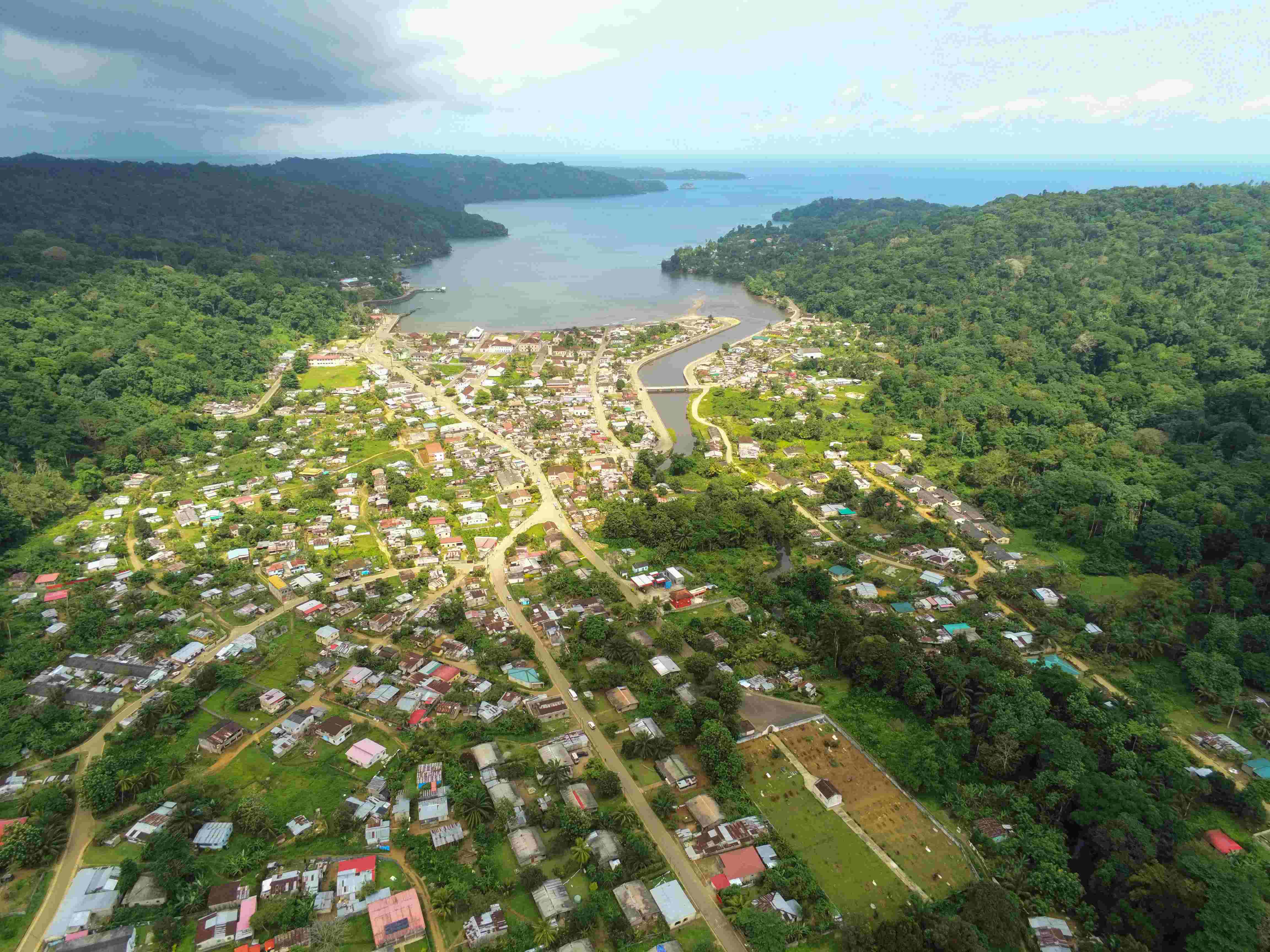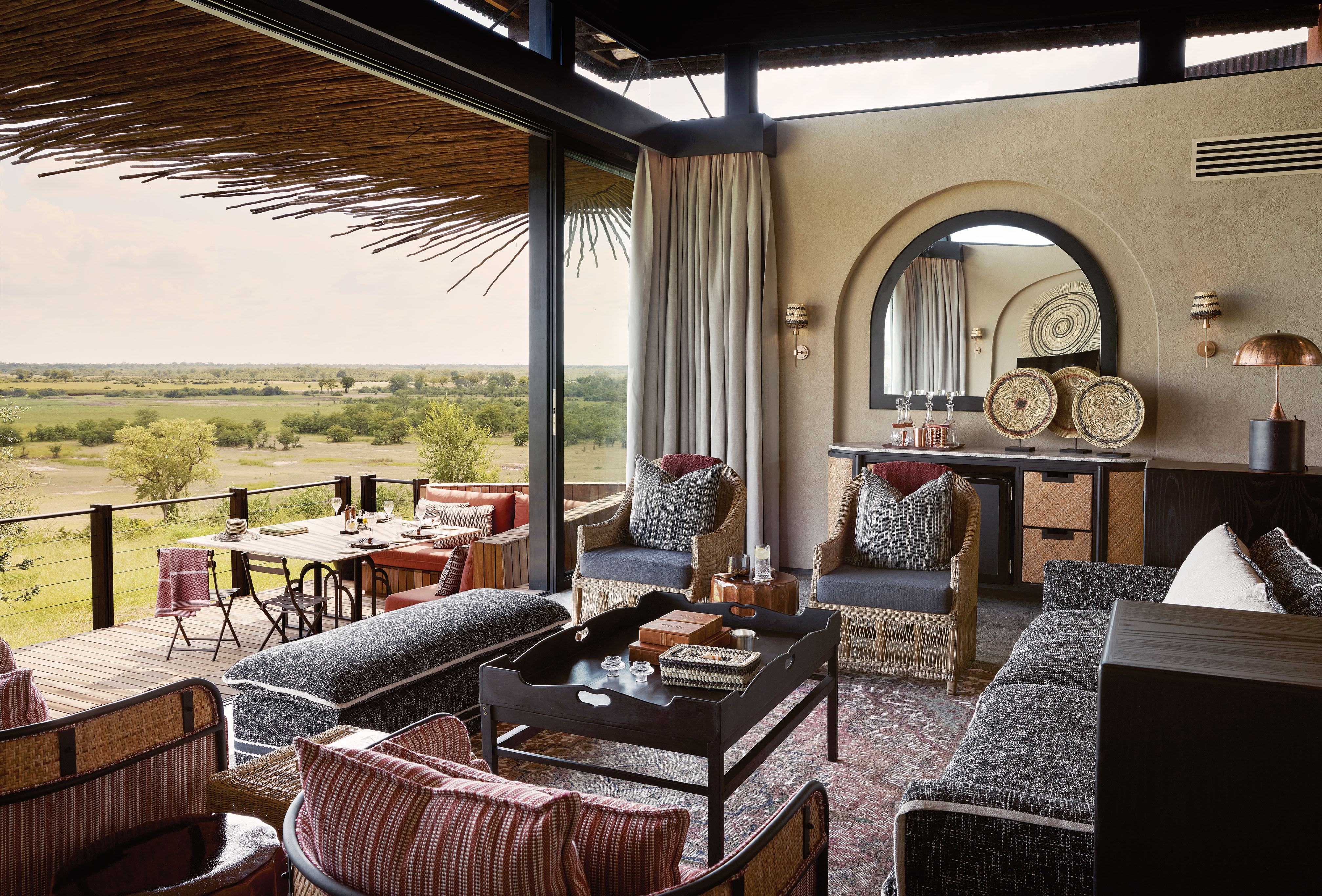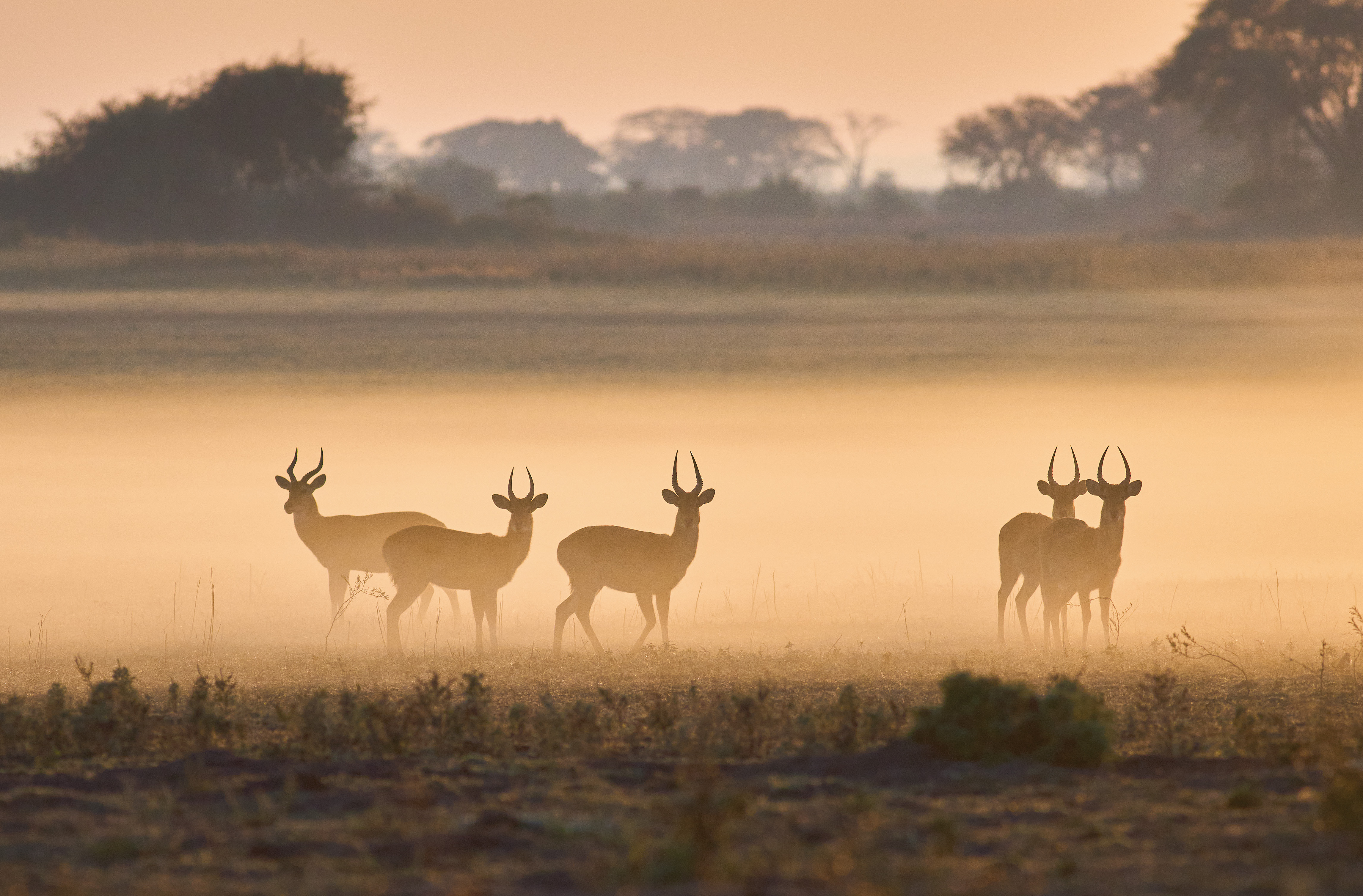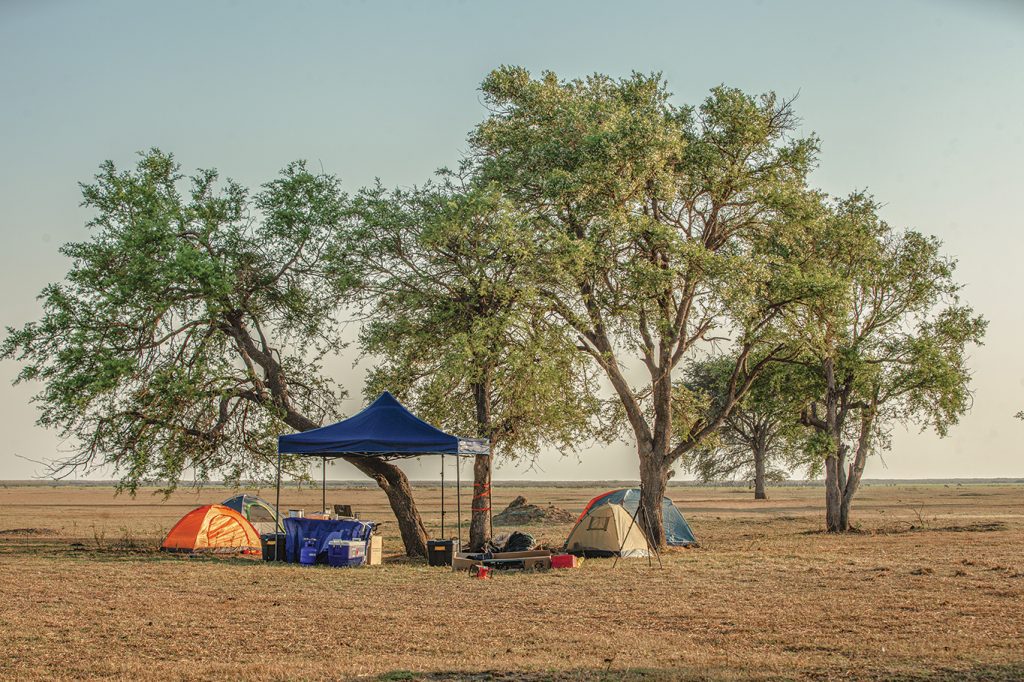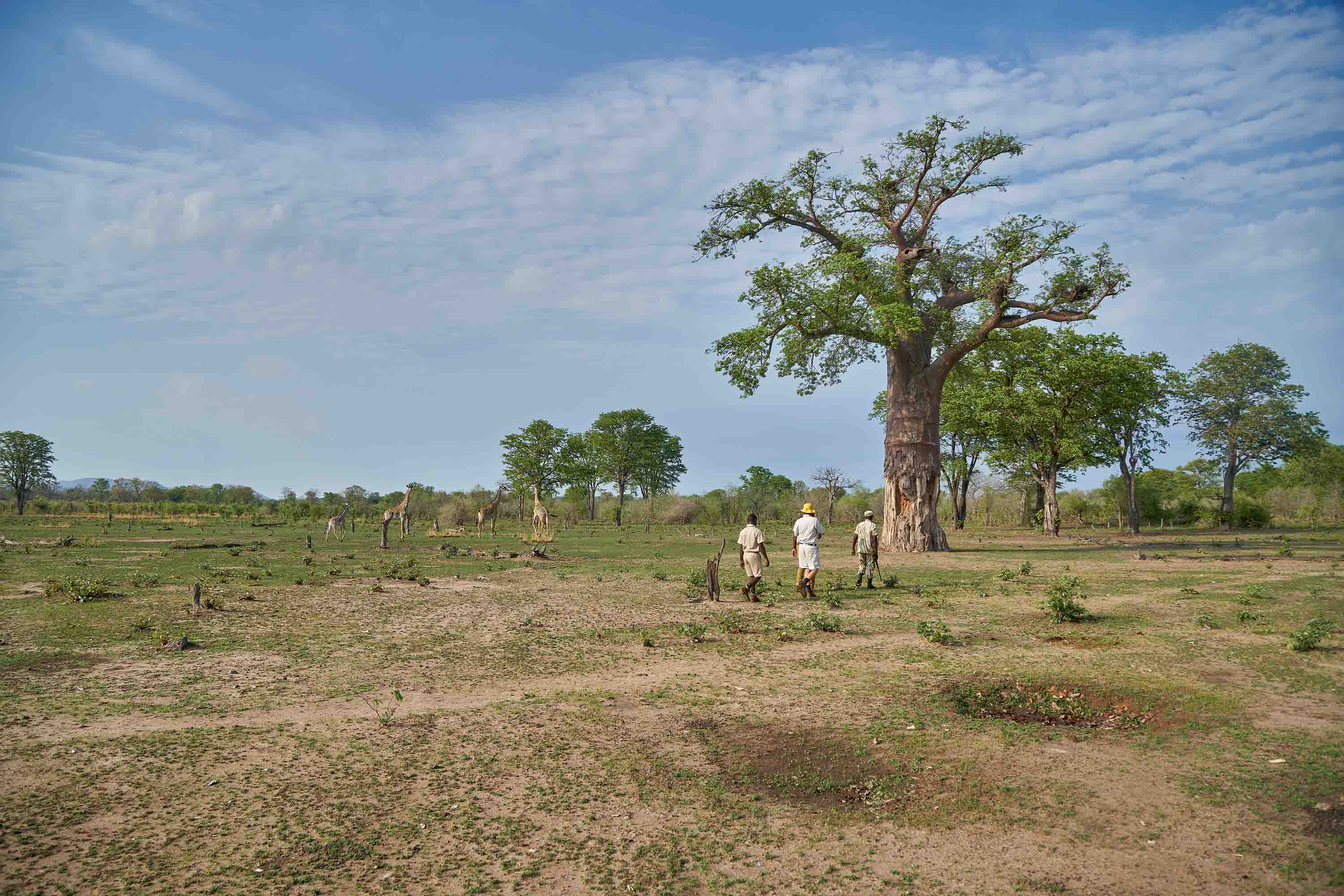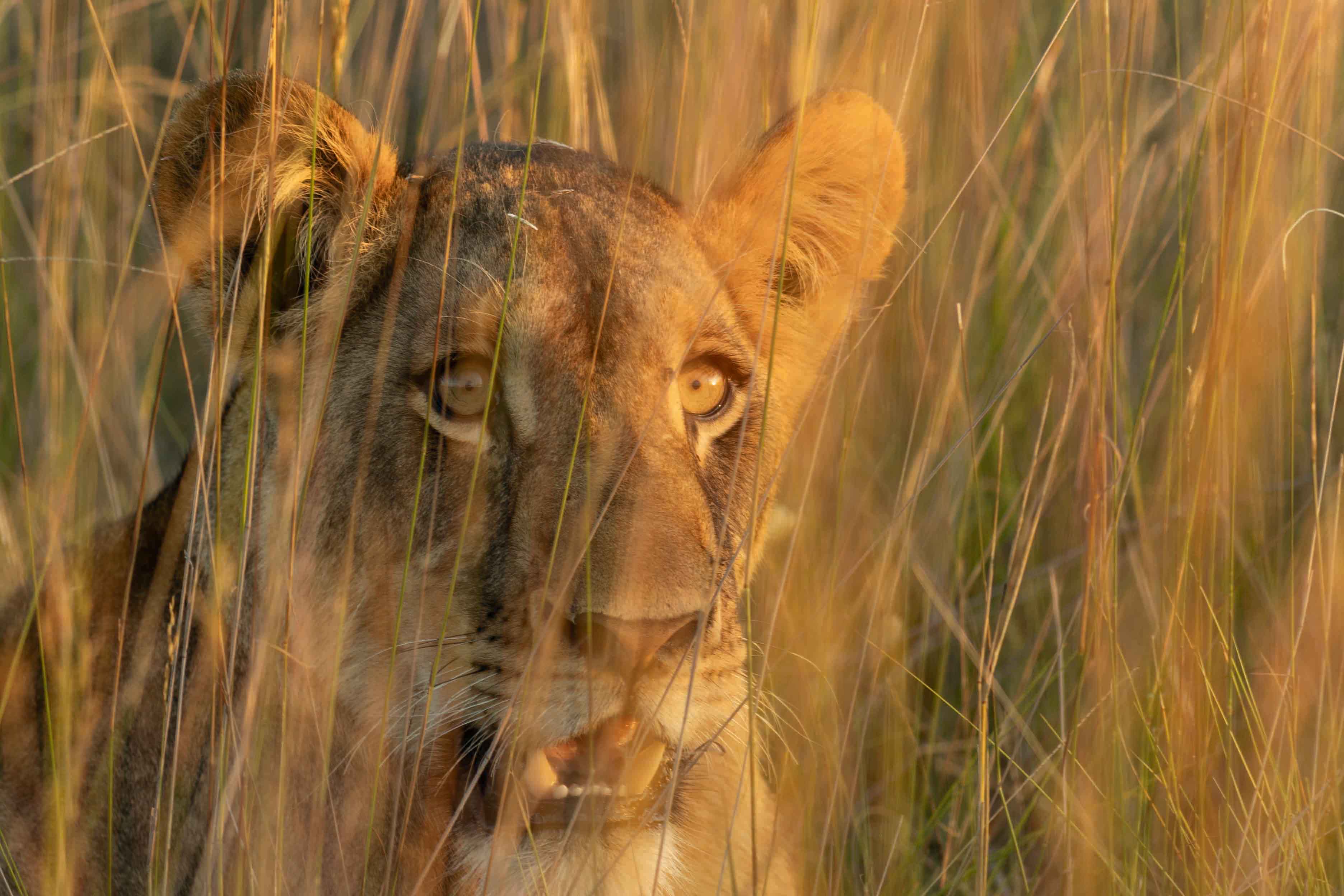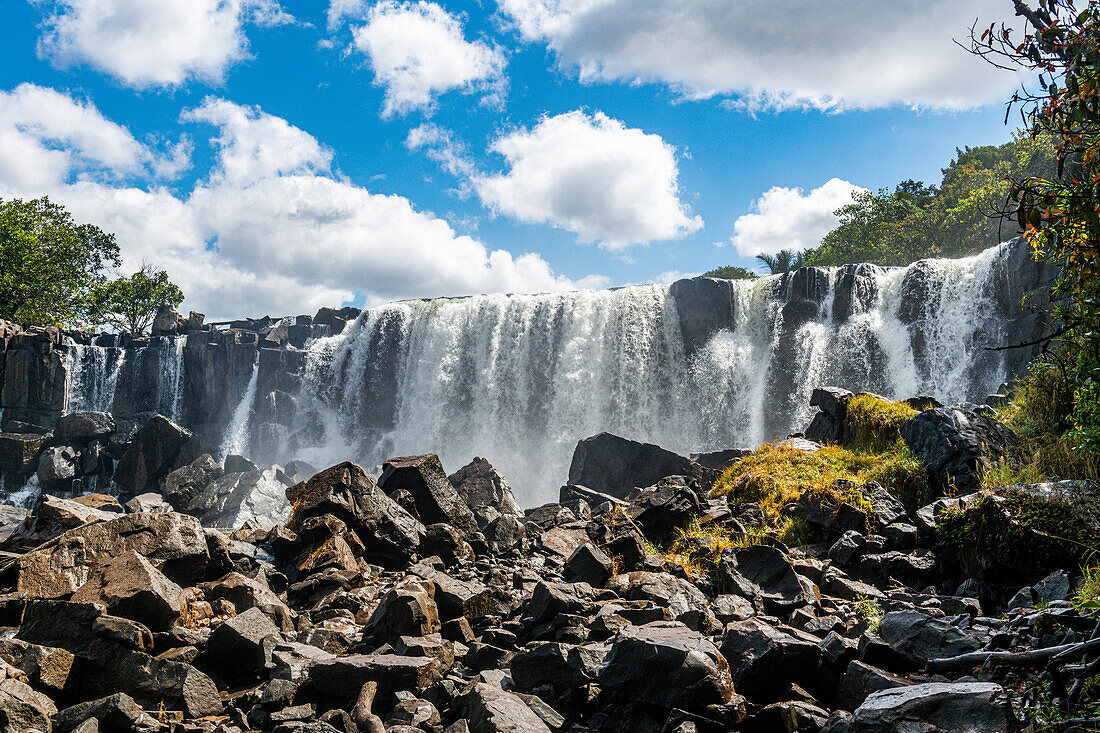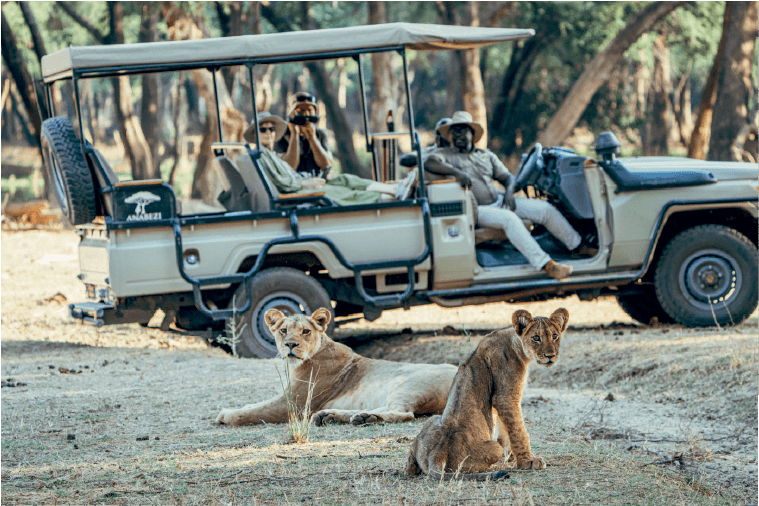Beaches, history and monolithic needles
Fun Facts
- Dubbed ‘The Chocolate Islands,’ São Tomé and Príncipe was once the world’s largest producer of cocoa.
- The Bay of Needles—one of the main attractions—has three mountains named The Father, The Son and The Grandson.
- São Tomé and Príncipe is the smallest Portuguese speaking country in the world.
- It’s home to the world’s smallest Ibis and the world’s largest sunbird.
Choose Your Own Adventure
- Guided lush tropical hikes
- Snorkeling, scuba diving and fishing
- Canoeing through mangroves and caverns
- Attend Auto de Floripes Festival
- Visit roças (old plantation houses, some of which have been turned into boutique hotels and museums)
São Tomé and Príncipe is a delightful two-island tropical getaway off the coast of West Africa. Its people are friendly, its history is both rich and dark, and its stunning sights are postcard worthy. Discovered by Portuguese explorers in the late 1400s, the then uninhabited islands were an important outpost for the Atlantic slave trade and later became one of the largest producers of cocoa and sugarcane on the globe.
Today the country is a peaceful, low-traffic travel destination and offers an array of activities. For the seasoned adventurer there are plenty of hiking trails and mountains to scale, the golden sandy beaches are ideal for the lazy sloth in you, and its museums and cuisine are there to satisfy those with a yearning for cultural experiences. Sao Tomeans are happy to host tourists and give them a taste of home cooking in exchange for a small fee. This is a testament to how welcoming the country’s people are, and why it is a great place to visit for unforgettable cultural experiences, tropical adventure and beautiful beaches.
More populated than Príncipe and home to the country’s capital, São Tomé Island is where you’ll most likely touch down if you’re flying in. Portuguese is the official language spoken, and you’ll also hear some Portuguese-based Creole dialects like Forro and Angolar, with a little bit of French and very small pockets of English spoken around both islands. From tranquil beaches to an intriguing national park, the larger of the two archipelagos has great locations that would make a memorable itinerary for its visitors but don’t ignore Príncipe.
Part of the appeal of Príncipe is its low population and you might even find that you have large swathes of a beach to yourself. Here you can snorkel, go whale watching, visit old plantation houses or even attend a festival.

Beaches
Sprawling golden sands and lazy coconut palms stooping over Praia Jalé (praia is the Portuguese word for beach) provide the ideal setting to relax under the sun. That’s if you visit in the dry season between June and September! Staying on the island during the wet season does also have its advantages. If you make your trip between February and April, you’ll most likely catch the sea turtles making their very first foray into the turquoise waters off the beach.
Praia Piscina is said to be the best beach on São Tomé, this portion of paradise can be found on the southern tip of the isle. Its hard, volcanic rock shore presents a nice contrast to the clear blue waters. It has some rock pools you can wade in while watching the waves moonsault onto the black coast, as water rises in spectacular splashes from a blowhole.
Praia Banana on the island of Principe has a peculiar curve and is somewhat shaped like a banana, hence its name. Said to be one of the top beaches on the island, a popular Bacardi Rum commercial was shot here. It is best experienced as part of a boat tour, and that way you can also visit Praia Macaco and Praia Boi, which are beautiful slices of sand too.
You didn’t think we’d discuss São Tomé and Príncipe without discussing the beaches did you? Visit for yourself to see why they’re irresistible.

The high life
Peaking at 370 metres above the tallest trees of the rainforest Pico Cão Grande
Is a mysterious needle-shaped volcanic plug that is perpetually caressed by a slow-churning mist. It is literally one of the top sights on São Tomé and might fill you with awe as you view it during your drive southwards. Its climb can be treacherous so only experienced hikers should scale this wonder.
Baía das Agulhas(Bay of Needles) is only accessible by boat and offers some of the most jaw-dropping views of the phonolite towers reaching for the sky. These prehistoric structures are affectionately called, The Father, The Son and The Grandson.
If it tickles your fancy, snorkeling is usually an option near the Bay if you organized your boat ride through a hotel. The vibrant fish life in these waters can be a pleasant thing to observe.
Both São Tomé and Príncipe were part of an extinct volcanic mountain range.

Biodiversity
For such a small nation São Tomé and Príncipe holds an astounding amount of biodiversity with plenty of attractions for those seeking to get lost in nature. Sixty percent of Principe has been designated a World Biosphere Reserve by UNESCO.
The Obô National Park covers over sixty percent of São Tomé and is great for bird watching and even botany, with 143 bird species and over 700 plant species. You’ll definitely enjoy the hikes here and you can also witness the beauty of the lagoon located in the park. It’s roughly a four-hour trek to Lagoa Amelia, a luxuriant volcanic crater cradling the lagoon, but it’s well worth it.
The highest point in the park is Pico de São Tomé, which at over 2,000 metres high is a breathtaking sight that can be seen from various parts of the archipelagos.
Consider taking the Malaza mangroves canoe tour. The mangroves are best seen during the dry season when the water levels recede and the intertwining roots of the dense trees are exposed, giving the forest a spooky atmosphere. The tours are carried out in traditional canoes and you’ll hear the call of monkeys and see various colourful species of birds.
Despite its immense natural beauty and diverse ecosystem, São Tomé and Príncipe remains one of the least visited countries in Africa and the world.

Roça Belo Monte
Roças are Portuguese colonial houses of yesteryear sitting on old plantations. While some of these large structures are dilapidated and the forest is slowly consuming them, a number have been restored and turned into hotels or museums. Roça Belo Monte is now a boutique hotel and has a museum chronicling both the natural and social history of Príncipe. It also has the best view of Praia Banana.
Another roça worth mentioning is Roça Sundy. It is the biggest on the island and is the only one to have produced coffee. The architecture on this plantation is fascinating and you can even stay in the restored governor’s house.
Other plantations have fallen into total disrepair and have virtually been abandoned but it is still worth visiting them learning about what were once flourishing mainstays of Sao Tomean life.
The elegant Roça Belo Monte,situated on the site of an old plantation, is the country’s best hotel.

Auto de Floripes
Traditional theatre of dance, music and drama locally known as “tchiloli” was inspired by Portuguese and European plays based on the exploits of Emperor Charlemagne. The slaves on the islands at the time copied these performances and added elements of local traditional rites.
Today, the Auto de Floripes (or ‘Feast of St Laurence’) is one of the island’s most popular festivals and involves nearly the entire population of Príncipe. It is a re-enactment of the battle between Christians and the Moors. This three-day festival is characterized by colourful dress, drums and whistles and is an epic street theatre not to be missed. It happens annually in August.
The entire population of Príncipe comes out to celebrate during Auto de Floripes, a colourful annual festival.
